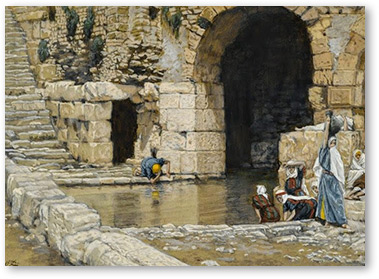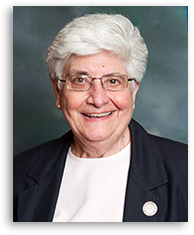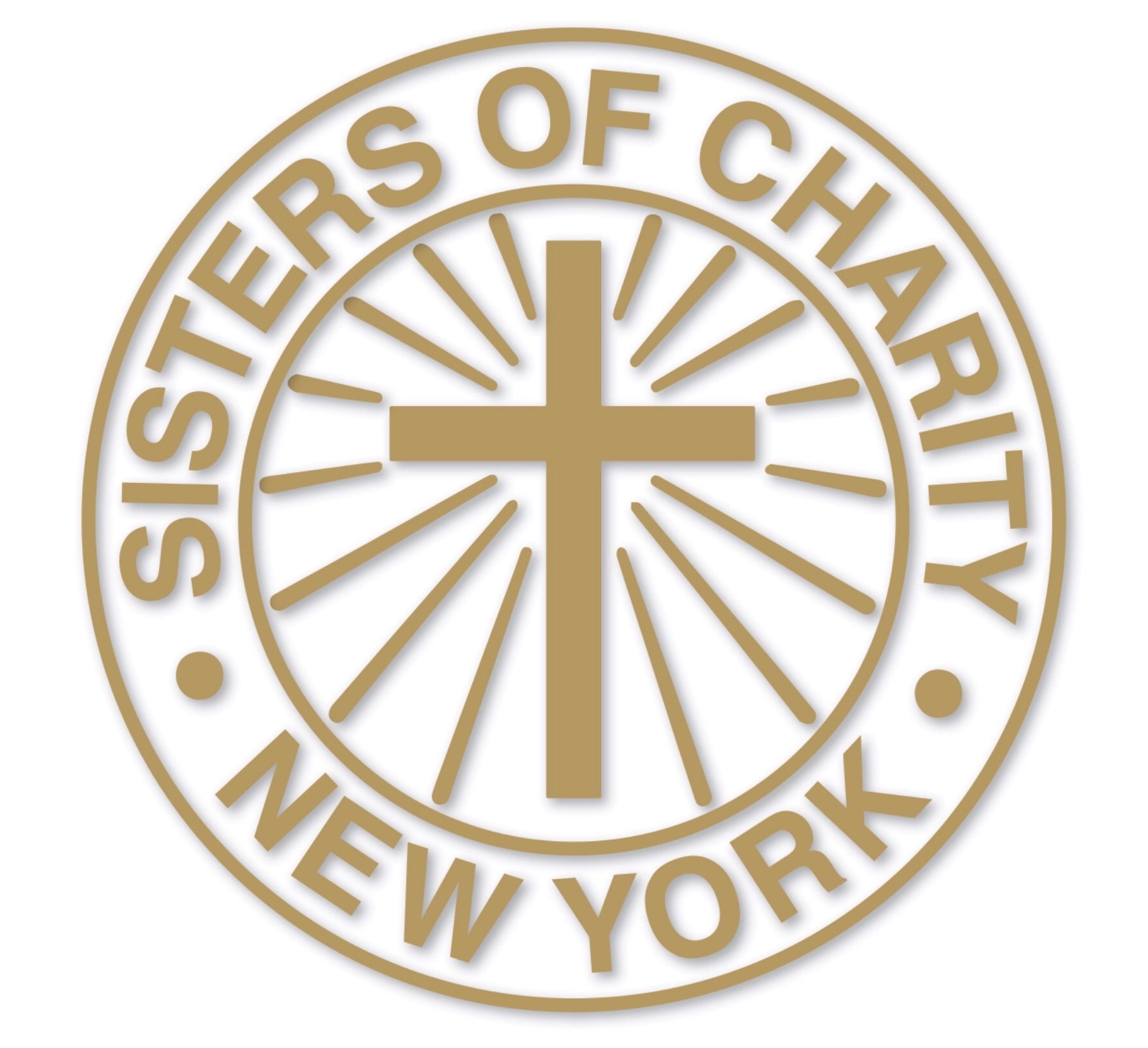 READINGS: 1 Samuel 16: 1b, 6–7, 10–13a, Psalm 23, Ephesians 5: 8–14, John 9: 1–41
READINGS: 1 Samuel 16: 1b, 6–7, 10–13a, Psalm 23, Ephesians 5: 8–14, John 9: 1–41
Few Gospels are more fascinating than the healing of the man born blind both from a literary and pastoral perspective. This miracle occurs during the Feast of Tabernacles (Sukkoth), one of the great celebrations of the Jewish liturgical year at the time of Jesus, as it is today. It was also a feast of lights, as four great menorahs were set up in the Temple.
Jesus has now arrived in Jerusalem to celebrate this feast and he will stay for some time engaging in debates about his identity. Today’s Gospel is a commentary on his earlier claim to be life-giving water (7: 37–38) and the light of the world (8: 12, 9: 5).
Last Sunday’s Gospel involved the lengthy conversation of Jesus and the Samaritan woman. In today’s gospel Jesus appears twice — when he cures the man and at the end when he leads him to spiritual sight. Jesus’ conversation with the blind man is short and to the point. The rest of the passage describes the reactions of the neighbors, the Pharisees, and his parents and the judgment of the Pharisees. Throughout the passage, we watch the blind man gain sight and insight as he grows from not knowing Jesus, to calling him a prophet, a man of God, the Son of Man and finally worshiping him as Lord.
Can we feel for the blind man, “found” by Jesus who cures him and gives him a new lease on life? What emotions well up within him as he sees for the first time? What does he feel when he becomes the object of those we might call “busy bodies” who seize on his cure to engage in questions related to blame, responsibility, and observance of the Law? Does he wish that the One who gave him sight could help him answer the questions hurled at him?
Am I willing to see with my heart as well as my eyes?
The reference to water and sight (faith) in the passage are baptismal reminders. The Scrutinies of the Rite of Christian Initiation of Adults (RCIA) are celebrated on the 3rd, 4th and 5th Sundays of Lent. This 4th Sunday then offers us the opportunity to reflect on the journey the catechumens are making during this Lent as they approach the Easter Vigil, even if the rites are not celebrated at the liturgy we attend. Their journey is an inspiration and a source of renewal in our journey of faith as we are continually called to see as Jesus sees.
This is a rich Gospel passage for personal reflection during this Lenten season. Am I willing to see with my heart as well as my eyes? Is there a blindness in me that needs God’ light? Does the fidelity of the blind man during Jesus’ absence speak to me about my fidelity and witness when the presence of God seems missing? Can I look at the possible as an invitation from Jesus to see anew?
—Sister Dominica Rocchio, SC
 Sr. Dominica, most recently a member of the Congregation’s leadership team, has ministered in education as a teacher, principal, and in administrative positions in the archdioceses of New York and Newark, NJ. In Newark, she served as Superintendent of Schools and Secretary for Education. At present, she works on Special Projects for the Congregation.
Sr. Dominica, most recently a member of the Congregation’s leadership team, has ministered in education as a teacher, principal, and in administrative positions in the archdioceses of New York and Newark, NJ. In Newark, she served as Superintendent of Schools and Secretary for Education. At present, she works on Special Projects for the Congregation.
Image above: The Blind Man Washes in the Pool of Siloam (Le aveugle-né se lave à la piscine de Siloë); source: Wikimedia; artist: James Tissot (1836–1902)
